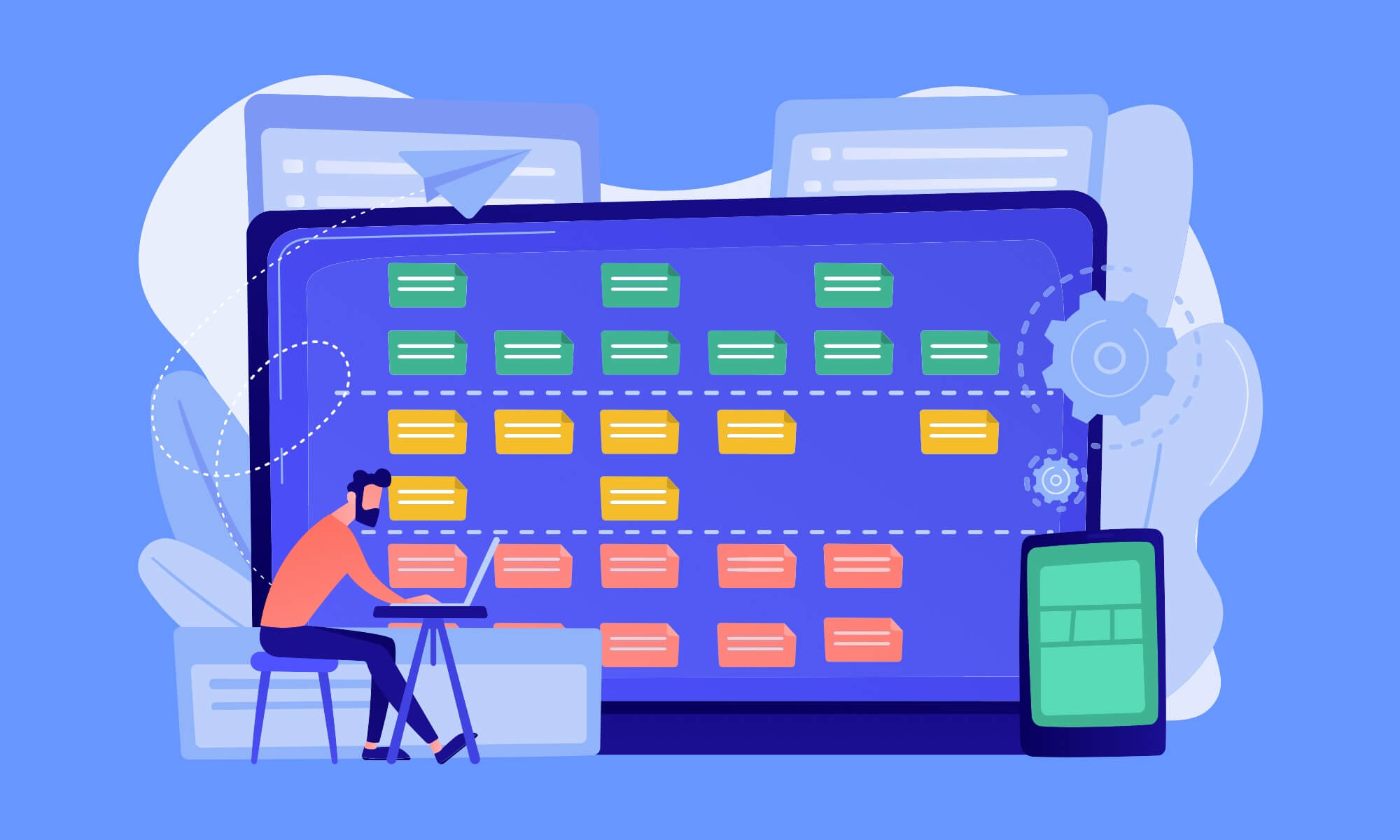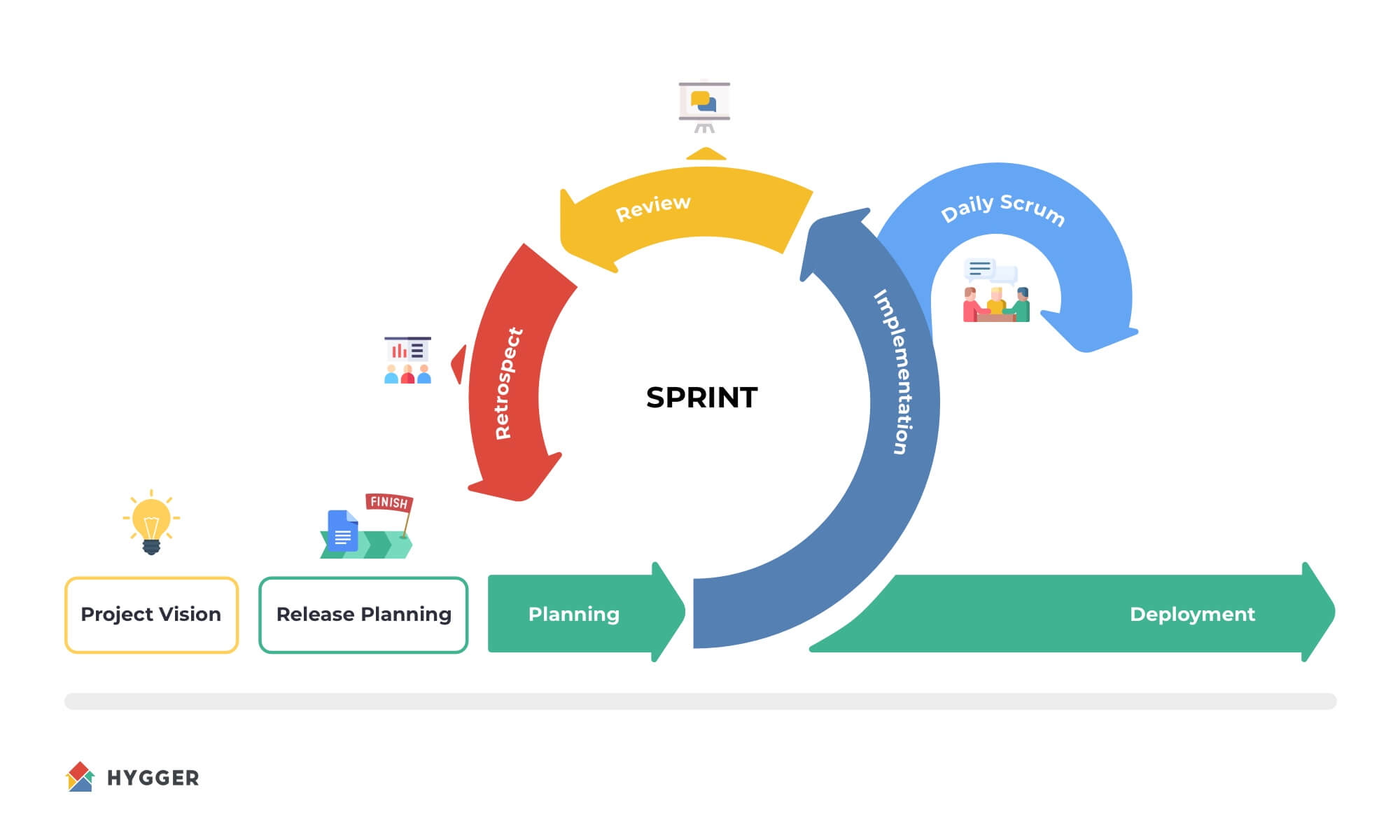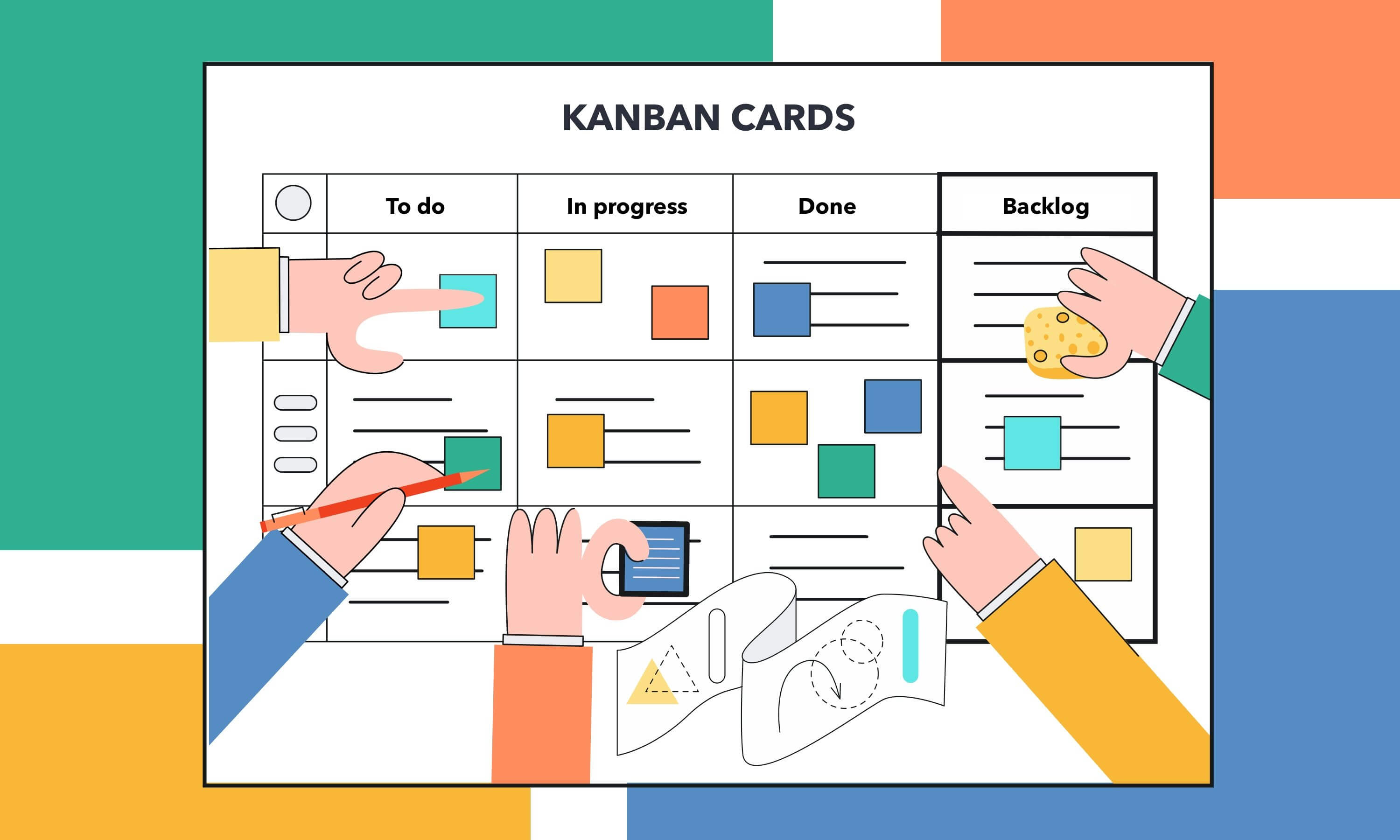What is Scrum Process Lifecycle?

Scrum is the most wide-spread Agile framework nowadays. Compared to traditional product development practices, Scrum is considered an upgrade. It is recognized by professionals from different industries all over the world.
Every single approach to software development has its own lifecycle. Unlike the traditional Waterfall methodology, the lifecycle of all Agile methods (including Scrum) is rather iterative than consecutive. In this article, we will answer the question: What is the Scrum lifecycle? The first thing we should mention while giving the answer to this question is that the lifecycle of Scrum is very similar to those of other Agile methodologies. That is because of their common key-principles. All Agile methods are based on an iterative approach to project performance and consideration of the customer’s and the final user’s opinion. Scrum is not an exception.
It’s of crucial importance to have a thorough insight into the Scrum lifecycle, but first, let’s remind you of some basic theory.
What is Scrum?
Scrum is a popular Agile framework designed for incremental product development. It has empirical nature and empowers teams to hypothesize regarding working patterns, test their ideas, process the experience, and perform necessary adjustments. Scrum is an iterative and flexibly structured method. It allows practices from other frameworks where they logically fit.
Scrum operates through iterations called Sprints, so the main events and artifacts of a Sprint represent the components of a Scrum lifecycle.
How many days is a typical Sprint in the Scrum methodology?
Any Sprint is a timebox lasting up to a month, during which a team is supposed to deliver a specific list of agreed-upon items fitting into the confirmed definition of “done.”

What Are the Scrum Values?
Scrum values include Courage, Focus, Commitment, Respect, and Openness. You may follow our complete Scrum guide to learn more about these values and how they apply to Scrum.
What Are the Scrum Roles?
The entire Scrum team usually has the following responsibilities:
- Breaking down the requirements, creating tasks, estimating, and distributing them.
Arranging Daily Scrum meetings.
Ensuring that potentially shippable functionality will be delivered at the end of the Sprint.
Updating statuses and the remaining efforts for their tasks to allow the creation of a Sprint Burndown diagram.
A typical Scrum team contain 4 essential roles:
1. Product Owner
A Product Owner (PO) is responsible for maximizing return on investment by identifying product features and translating them into a prioritized list.
PO decides which features should be at the top of the list for the next Sprint. He/she is also responsible for all product’s profits and losses, acting as a spokesperson for clients. Prioritizing the product backlog and defining the release date and the content are also the duties of the Product Owner.
2. Scrum Master
A Scrum Master (SM) helps the product team to learn and apply Scrum for reaching all business values. He/she is not a team manager, a project manager, or a team lead, but serves the team, helping to remove impediments, protecting colleagues from outside interference, and helping them to adopt Agile practices. SM coaches, educates and guides the Product Owner, team, and the rest of the company in the appropriate use of Scrum.
3. Development Team
A development team in Scrum includes people working together to develop and deliver the requested and committed product increments. Scrum developers are cross-functional members who are capable to achieve the Sprint goals. The team may include software engineers, architects, system admins, analysts, UI designers, QA experts, etc. They build the product that the Product Owner indicates: the website or an app, for example.
4. Stakeholders
A stakeholder is an individual or a group of people who are impacted by the outcome of a product. Stakeholders in Scrum are interested in the product’s success. They can be within or outside the company that is sponsoring the project.
Stakeholders usually keep a healthy relationship with the PO to share important product details. They are responsible for conveying all the wishes and concerns to the PO, providing regular input to queries from the PO.
What Are the Scrum Ceremonies?

1. Product backlog refinement
A product backlog refinement or backlog grooming is the act of adding detail, estimates, and order to items in the product backlog. This event means an ongoing process in which the PO and the development team collaborate on the details of the backlog items. During the refinement meeting, items are reviewed and revised.
2. Sprint planning
The goal of the planning meeting is to answer the questions “What are we going to work on, and how are we going to do it?” It is critical for the team to have a shared goal and a shared commitment to this goal before beginning this ceremony.
3. Daily Stand-up
A Daily Scrum meeting or a Daily Stand-up is organized by the Scrum Master and typically lasts 15-minutes. The meeting is aimed to synchronize the work of team members, for example, what’s done on the prior day, what needs to be done today, etc.
4. Sprint Review
This Scrum ceremony is held at the end of each sprint to demonstrate the added functionality. Its goal is to get feedback from the PO and Stakeholders to ensure that the delivered increment met the business need and to revise the backlog based on the feedback.
5. Sprint Retrospective
This meeting usually lasts 90 minutes and helps to incorporate continuous improvement into the team culture and into the Sprint cadence. It should be attended by the whole Scrum Team to reflect on their previous Sprint and to figure out how to make improvements.
The Retro allows the team to focus on its overall performance and identify strategies for continuous improvement.
So What is Scrum Lifecycle?
Scrum lifecycle is a number of consecutive steps and iterative stages that should be performed during the realization of any Scrum project. The iterative approach is the main principle of the m lifecycle. The work on a Scrum project is subdivided into segments called Sprints. The project develops from one sprint to another until the final product is ready. Each sprint cycle is subdivided into several consecutive stages that it must pass from the beginning till the end. Scrum methodology also includes more specialized lifecycles like the testing life cycle and the defect life cycle.

Scrum Lifecycle in Details
What are the parts of the Scrum lifecycle? Scrum does not involve many written reports, unlike the traditional Waterfall. It includes only a few artifacts.
What are the Scrum artifacts?
1. Product backlog
A Product Backlog is a list of features and requirements needed to complete a certain project. This list may include defects or bugs that need to be resolved, features that must be added, and other tech or project work. The order of the list is based on priorities. The items at the top are the most critical tasks or tasks requiring immediate completion. With the backlog, everyone in the team knows what the project requirements are and which ones have priority.
2. Sprint backlog
A Sprint Backlog includes only what needs to be completed during the current Sprint (while the product backlog lists everything that needs to be accomplished before the end of the project). The sprint backlog covers the most current activities, so it typically contains more details and more complete user stories than the rest of the product backlog. It should include your release plan that explains how you intend to achieve the features and meet your sprint requirements.
3. Product increment
The product increment the product version that will be delivered at the end of each sprint. It details the outcome of all that work (while the sprint backlog outlines what must be completed within a sprint). The increment is a prototype or a draft version of the final product expected by your clients. Each product increment should include the features of the current sprint cycle and fully integrate all backlog items completed to date, from all past sprints.

Let’s consider the details about Scrum phases and steps.
The first step of any Scrum project is the stage of gathering necessary information about the future product. It is the responsibility of the Product Owner. He is the person who contacts the customer to understand his vision of future software. Gathering user stories is also one of his responsibilities. After all user stories are collected and all the customer’s wishes are considered, they are prioritized in a list that is called a product backlog. It is the main document of every Scrum project.
After the prioritization of the product backlog items, they are turned into tasks and divided into several sprints. The team makes it during the sprint planning meetings. The main goal of each meeting is to create a sprint backlog. It is a document that contains all tasks for a certain sprint. After the sprint is finished the work of the team will be estimated in accordance with the fulfillment of the sprint backlog requirements.
The next Scrum step is the process of Sprint execution. It includes a consequent performance of all sprint tasks and everyday evaluation of workflow. The progress of the sprint backlog requirements is evaluated during the daily Scrums – the team gatherings where all the positive and negative work issues are discussed.
After the sprint comes to its end, all members of the Scrum team participate in the sprint review and the sprint retrospectives. These gatherings help to find out what went wrong during the sprint process.
The final step of every Sprint cycle is the stage of product estimation. The product is evaluated in accordance with the team’s definition of “Done” and provided to the customer to obtain his feedback. Then a new sprint starts, and the cycle repeats.
How to Quickly Explain the Scrum Process?
Let’s now summarize all the Scrum phases related to the Scrum process.
- First of all, you need to determine a product backlog (that is the responsibility of the PO, as we’ve mentioned above).
- Then the Scrum team makes estimates and arrangements for the workload based on the backlog list during the grooming session.
- With the product backlog list, you need to initiate a Sprint planning meeting for defining the sprint goal of this iteration, then select a list of user stories to form the Sprint backlog.
- Then the backlog should be completed by the entire Scrum team.
- You have to run a Daily Scrum meeting (time-boxed in about 15 minutes). Everyone in the team must speak and face-to-face to interact with all members for reporting what you did yesterday, and announce what you want to accomplish today.
- Every day must have a version that can be successfully compiled and can be demonstrated.
- When all the user stories are completed, then your Sprint backlog is completed. It means that a Sprint process is completed. The PO and the customer must participate. Every team member should demonstrate to them the working software they have completed.
- The Sprint Retrospective must be held after the Sprint Review. During the Retro, the team self-identifies elements of the process that did or did not work during the sprint, as well as potential solutions. Retrospectives typically last 90 minutes.
Wrapping up
Considering the level of transparency and the unstoppable learning process within the Scrum development cycle, the smallest possible outcome becomes an essential cost-effective result of the framework, not to mention refined product characteristics and flawless product quality.
The essence of Scrum requires the involvement of only responsible employees with solid field background. What do you think about the Scrum lifecycle and Scrum phases?




